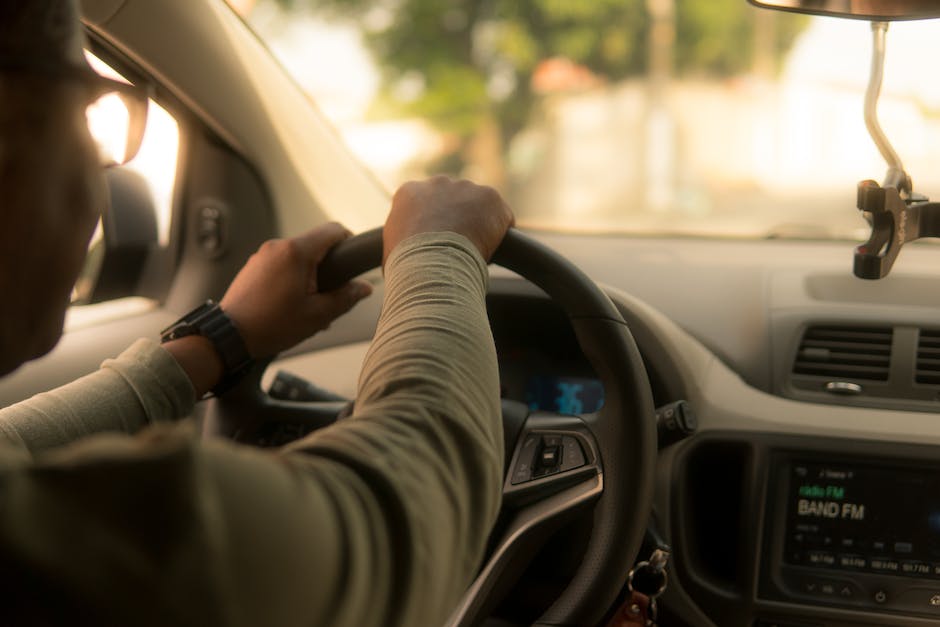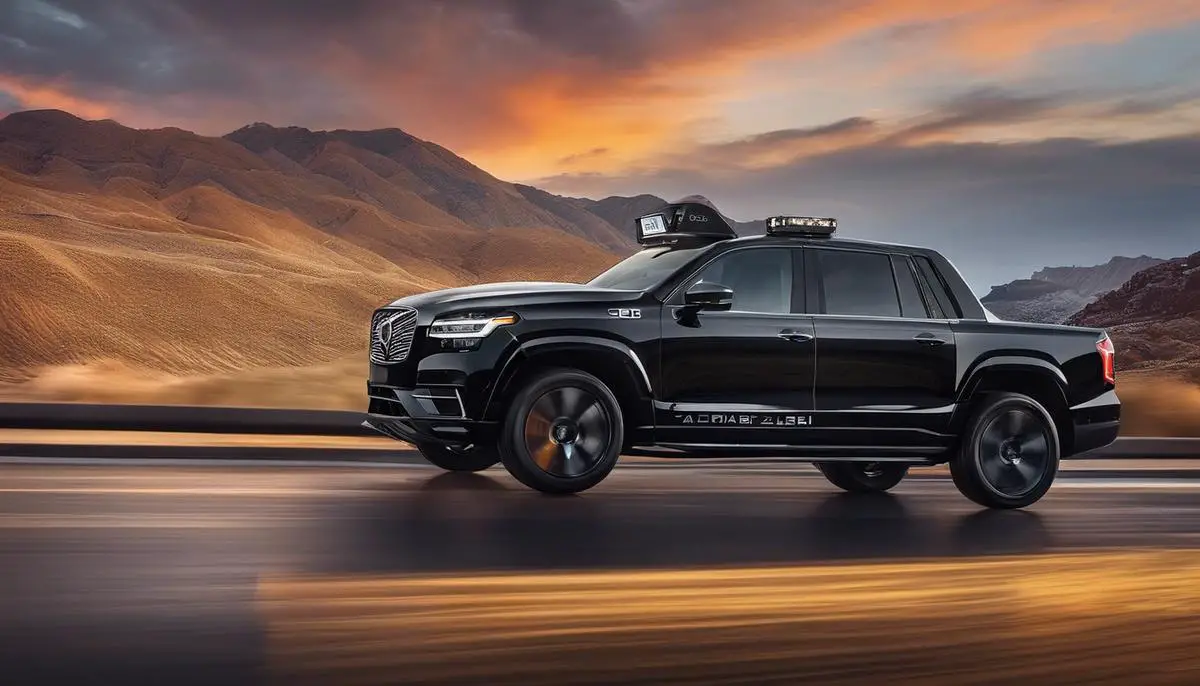The booming gig economy has ushered in a new era of opportunity where flexible working hours and the freedom of being your own boss are highly prized commodities. Uber, as a forerunner in the ride-sharing landscape, offers an enticing avenue for many to tap into these benefits.
However, the question that often surfaces is: How much does an Uber driver truly make? The allure of a potentially lucrative side hustle is often met with the sobering realities of variable earnings and associated costs.
Understanding the average earnings—and the variables affecting them—gives a glimpse into the financial pulse of Uber driving.
From metropolitan surge pricing to the quiet suburban streets, the income for an Uber driver can be as unpredictable as the passengers they chauffeur.
Yet, financial prowess, when aligned with strategic know-how, can transform this uncertainty into a well-oiled revenue stream.
This essay seeks to demystify the earnings of an Uber driver, assessing the interplay between income and expenses, while offering practical tips to maximize profits within this dynamic gig economy.
Uber Divers Average Earnings
Embarking on a journey as an Uber driver introduces a flexible opportunity to earn an income. This venture demands an understanding of the typical financial expectations associated with such a role.
While earnings can fluctuate based on various factors, including location, hours committed, and time of day, drivers usually anticipate a range within the gig economy standards.
Generally, Uber drivers’ earnings hinge greatly on their commitment to the road. Part-time chauffeurs may see a modest income that enhances their primary earnings, while those embracing driving as their full-time gig could notice a more substantial paycheck.
After accounting for expenses like fuel, maintenance, and insurance, reports suggest that Uber drivers may average around $15 to $20 per hour, although this figure can rise or dip dependent on aforementioned factors.
Surge pricing, a boon during high-demand periods, can significantly bolster income, making strategic timing and area selection crucial for maximizing profitability.
One must also consider the economic landscape of ridesharing, where market saturation and local demand can shape earning potential.
Savvy drivers often find themselves learning the rhythms of their cities, targeting areas with higher rates of ride requests and fewer available drivers to capitalize on profitability.
By maintaining a vehicle in good condition and delivering a pleasant experience, drivers can cultivate a higher rating, leading to more ride opportunities and possibly tips.
It’s this combination of strategic planning and exceptional service that lays the foundation for a rewarding experience as an Uber driver.

Expenses and Costs Of Uber Driving
When delving into the financial commitments of being an Uber driver, vehicle-related expenses take the forefront.
Maintenance is a constant companion to any driver aiming to keep their car in prime condition—the tire treads, brake pads, and oil levels all demand regular attention.
These costs can add up quickly depending on the make and model of the vehicle, and drivers must be vigilant in contributing a portion of their earnings to this upkeep to avoid larger expenditures down the line.
Operating as an independent contractor, Uber drivers also bear the responsibility of their own insurance and fuel costs. The latter fluctuates with market prices and can significantly impact profit margins.
It’s crucial for those in the driving seat to track these expenses meticulously, as they can deduct certain costs against their income when tax season arrives. While this provides a financial reprieve, it necessitates a keen eye on receipts and mileage—organization is key to ensuring fiscal health in the ride-sharing ecosystem.
Moreover, an aspect often overlooked is the depreciation of the vehicle itself. With each mile clocked in search of passengers or navigating to drop-offs, the car’s value gently erodes. This long-term cost, while not immediately felt, should be considered in the Uber driver’s financial planning.
In sum, while the allure of flexible working hours and the appeal of being one’s own boss is undeniable, the associated costs of being an Uber driver play a pivotal role in the overall economic picture.

Maximizing Profits
There are ways uber drivers can maximize their profit, which is not entirely different from what the have been doing. It involves putting more innovation into the Uber driving business to attract more customers and spend less.
1. The Key to Enhanced Earnings for Uber Drivers
Boosting earnings as an Uber driver doesn’t just hinge on the nuts and bolts of operational costs and strategic timing; it encompasses the subtler yet equally potent realm of customer satisfaction.
A surefire method to potentially increase income is to focus on the passenger experience. High ratings and the resulting tips can make a significant difference in overall compensation.
To that end, being personable and professional with riders is paramount. Greeting passengers with a warm smile, ensuring a clean and comfortable ride, and going the extra mile, like offering phone chargers or playing preferred music, can transform an ordinary trip into a memorable experience, prompting riders to leave generous tips.
2. Responding to Seasonal and Event-Based Opportunities
Seasonal shifts and local events offer ample opportunities for savvy Uber drivers to supplement their earnings. By staying apprised of local happenings such as concerts, festivals, or sports games, drivers can strategically position themselves in high-demand areas.
Anticipating seasonal trends can also position you advantageously; for example, understanding when tourism peaks in your city or capitalizing on increased ride requests during holiday seasons can result in a lucrative uptick in fares.
Keeping a finger on the pulse of the city’s rhythm isn’t just good practice—it’s an adaptive strategy that can translate into tangible gains in your weekly take-home pay, keeping the journey profitable and engaging.

Realistic Expectations of Uber Driving
When diving into the world of Uber driving, it’s essential to have realistic expectations about the earnings on the table.
New drivers can anticipate quite a range in potential earnings, influenced by a multitude of factors beyond the basic fare structure, such as the type of service they choose to provide—UberX, UberXL, Uber Black, and so on. Each tier comes with different price points and clientele, thereby affecting overall income.
Additionally, the introduction of incentives like Quest and Boost can augment earning potential, rewarding drivers who fulfill certain ride quotas or operate in specific, high-demand zones at peak times. These incentives are tailored to keep drivers engaged and responsive to the fluctuating needs of the market.
In terms of actual numbers, it’s been found that the median earnings for Uber drivers could linger around $15 to $20 per hour before considering vehicle-related expenses, with a significant variance based on geographic location.
A driver in a bustling metropolitan area like New York City or San Francisco may see higher rates than someone cruising through quieter, less congested streets.
Furthermore, the promise of tips adds an additional layer of earning potential; however, they’re never guaranteed and can be influenced by factors ranging from the quality of the driving experience provided to the whims of the passengers.
Thus, while tips can sweeten the deal, they should be seen as a bonus rather than a dependable component of the income.
For those considering embracing the ride-sharing life, it’s wise to measure the perks of a flexible schedule against the financial outlay required to stay active and competitive in the Uber marketplace.
Keeping a sharp eye on revenue, accounting meticulously for expenses, and consistently offering top-notch service can turn driving from a casual gig into a sustainably lucrative endeavor.

As the final mile on this exploratory journey winds down, it’s evident that the life of an Uber driver is marked by the interplay of numerous factors that ultimately shape their earning potential.
Between mastering surge pricing tactics and optimizing their vehicle’s efficiency, drivers must navigate an ever-changing terrain to claim their slice of the profit pie.
Conclusion
While there are no guarantees of striking it rich in the ride-sharing industry, a discerning driver, equipped with the right strategies and grounded expectations, can indeed turn this modern convenience into a viable source of income.
The anecdotes and lived experiences from countless drivers form a narrative of resilience and adaptability—attributes that are indispensable in the bustling streets where the Uber driver writes their own financial destiny, one ride at a time.




